Two Exercises for a Great Penche
Posted by EasyFlexibility Team on
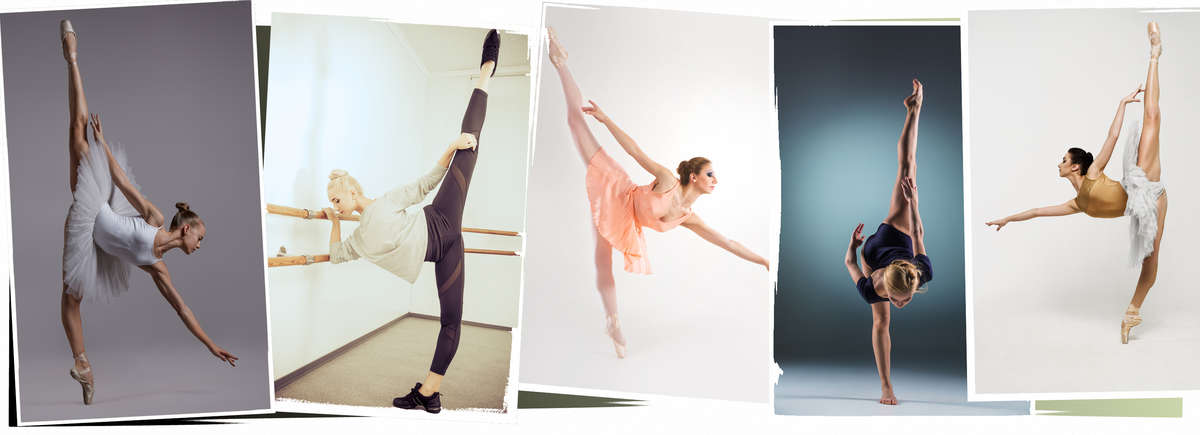
Penche is one of the most beautiful of elements in Dance and for many dancers it's also one of the most difficult ones. Penche's level of difficulty comes from the fact that on the top of all the requirements of the Arabesque, the strength and flexibility of the standing leg is also a factor. The balance factor also increases the challenge of this element.
- The first exercise will automatically increase your range of motion.
- The second exercise will strengthen your newly gained flexibility, making those gains permanent.
- The second exercise will strengthen your newly gained flexibility, making those gains permanent.
Both exercises together one after the other for 2 to 5 sets will gradually improve your Penche. Add them to your routine and reap the results!
It's a good idea to take a picture when you start and every 2 weeks to keep track of your progress and motivate yourself.
It's a good idea to take a picture when you start and every 2 weeks to keep track of your progress and motivate yourself.
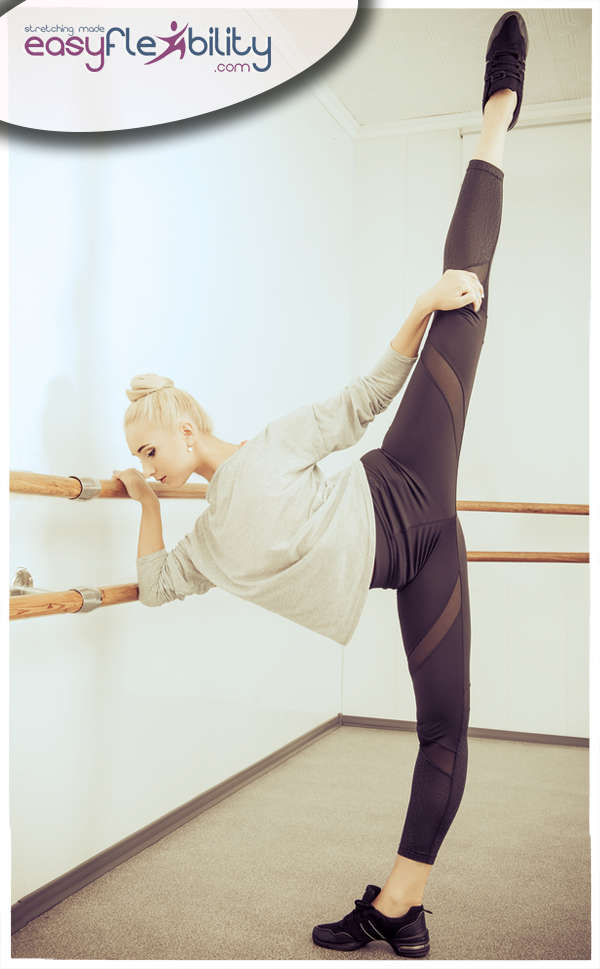
Standard Penche training involves passive stretches using the bar and active attempts to hold this position. While this method works for some, it take a very long time to master.
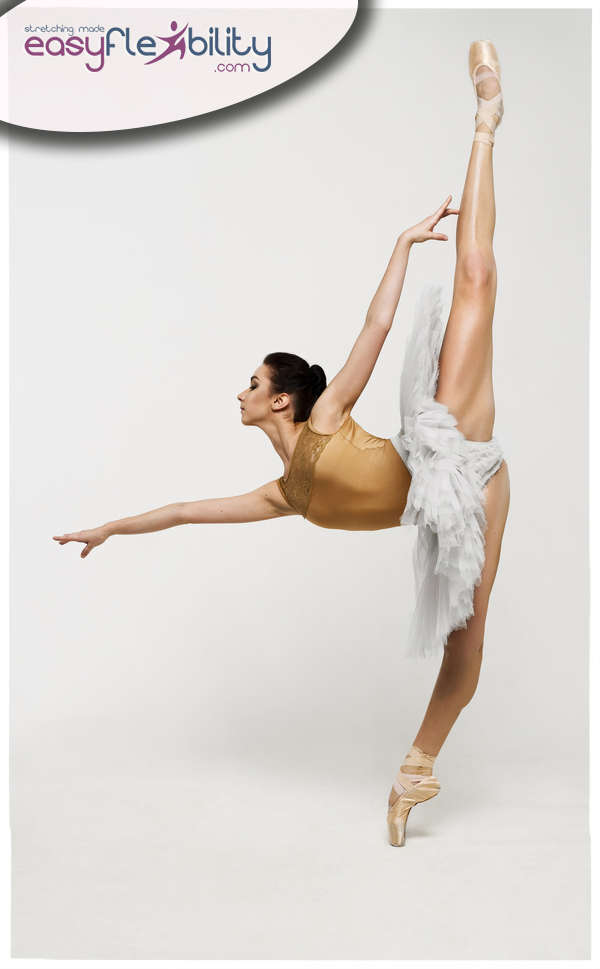
Instead of relaxed stretches, which simply try to wait out the painful stretch reflex, kinesiological stretching techniques take a different approach.
Each of the muscles preventing hip extension, hip lateral rotation, supporting leg flexion and back extension flexibility is taken apart.
Each of the muscles preventing hip extension, hip lateral rotation, supporting leg flexion and back extension flexibility is taken apart.
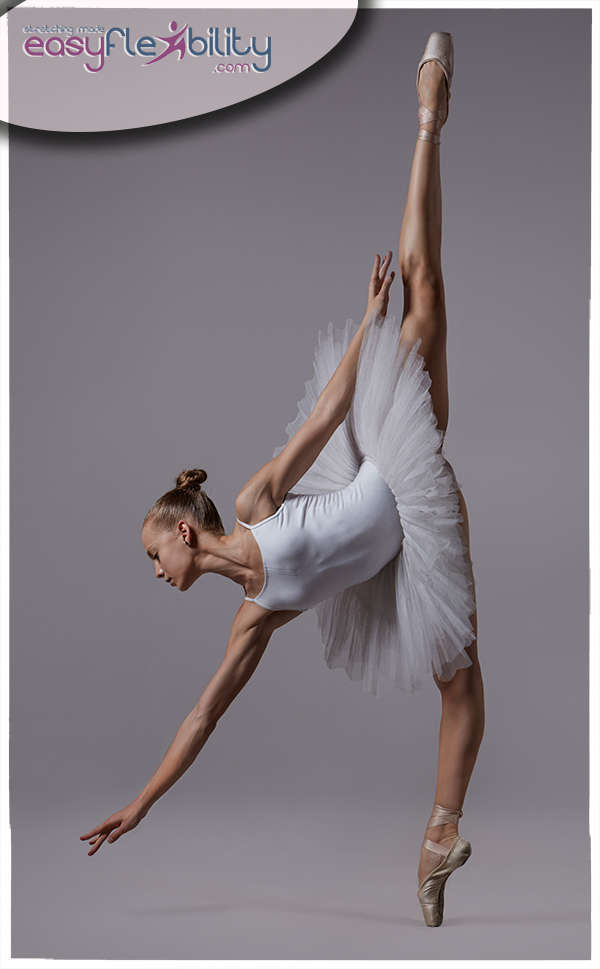
ZST's "action vs action" is applied to each muscle individually. This allows to avoid the standard discomfort of stretching and go much further into each muscle, achieving painless, quick results.
The EasyFlexibility Penche routine contains four levels or steps. Each step allows the body to progress quickly in manageble increments, till full Penche is mastered.
Start making your Penche beautiful with this program today...
Penche Strength & Flexibility Training at Home
FROM EASIEST TO ADVANCED
This Penche program will help you to be able to do a penche pose in Ballet, steadily, safely, painlessly and quickly with the use of the Proprietary Zaichik Stretching Techniques and Supporting Exercises.
© ElasticSteel Corp., EasyFlexibility, Paul Zaichik, et. El., 2022. No part of the materials available through ElasticSteel.com, EasyFlexiiblity.com, site may be copied, photocopied, reproduced, translated or reduced to any electronic medium or machine-readable form, in whole or in part, without prior written consent of Paul Zaichik EasyFlexibility.com, Elasticsteel.com.. Any other reproduction in any form without the permission of Paul Zaichik EasyFlexibility.com, Elasticsteel.com is prohibited. All materials contained on this site are protected by United States copyright law and may not be reproduced, distributed, transmitted, displayed, published or broadcast without the prior written permission of Paul Zaichik, EasyFlexibility.com, Elasticsteel.com.
Share this post
1 comment

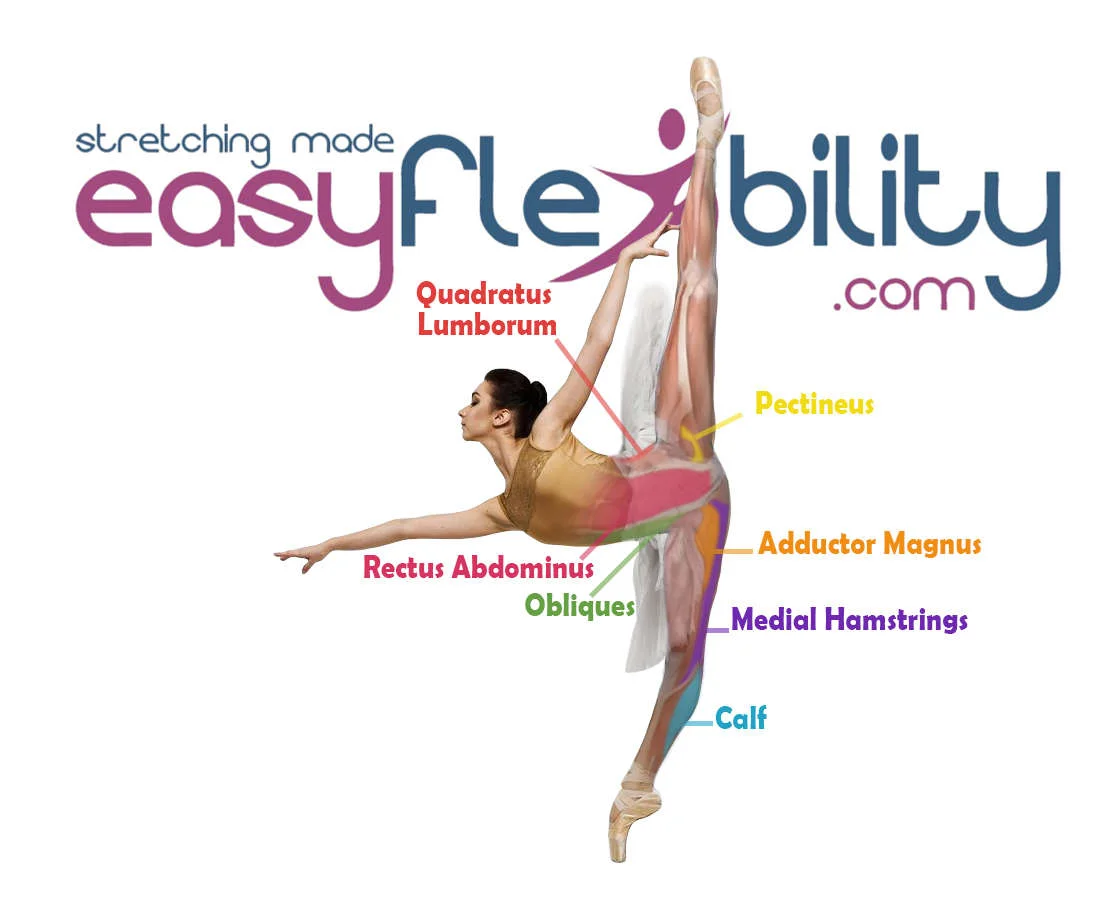
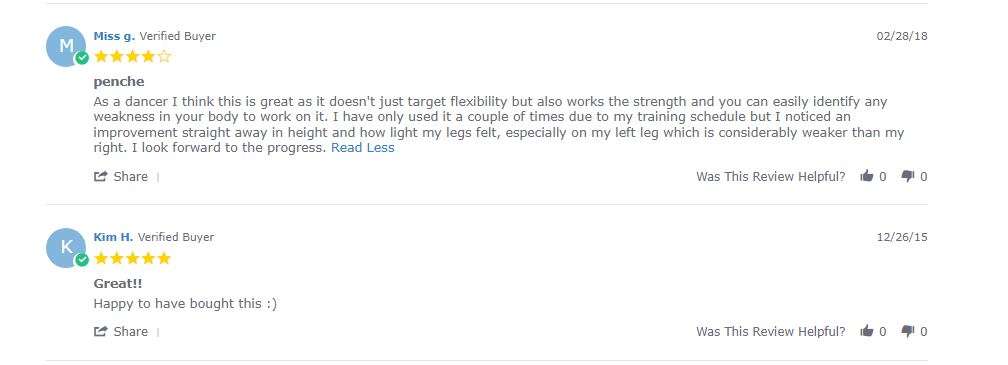


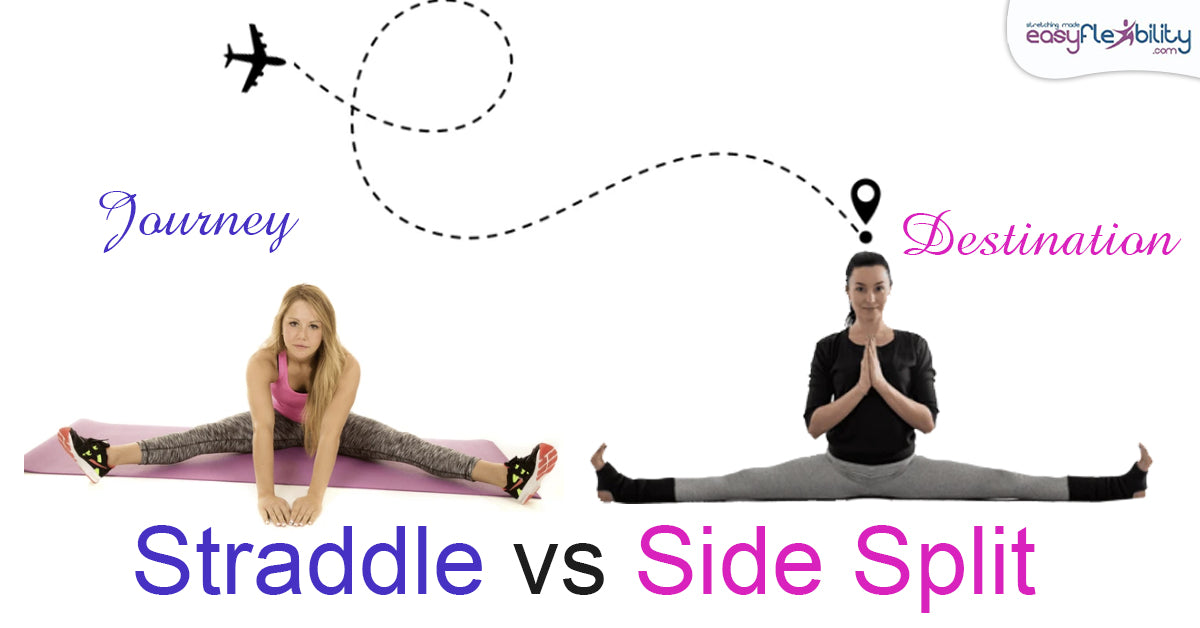
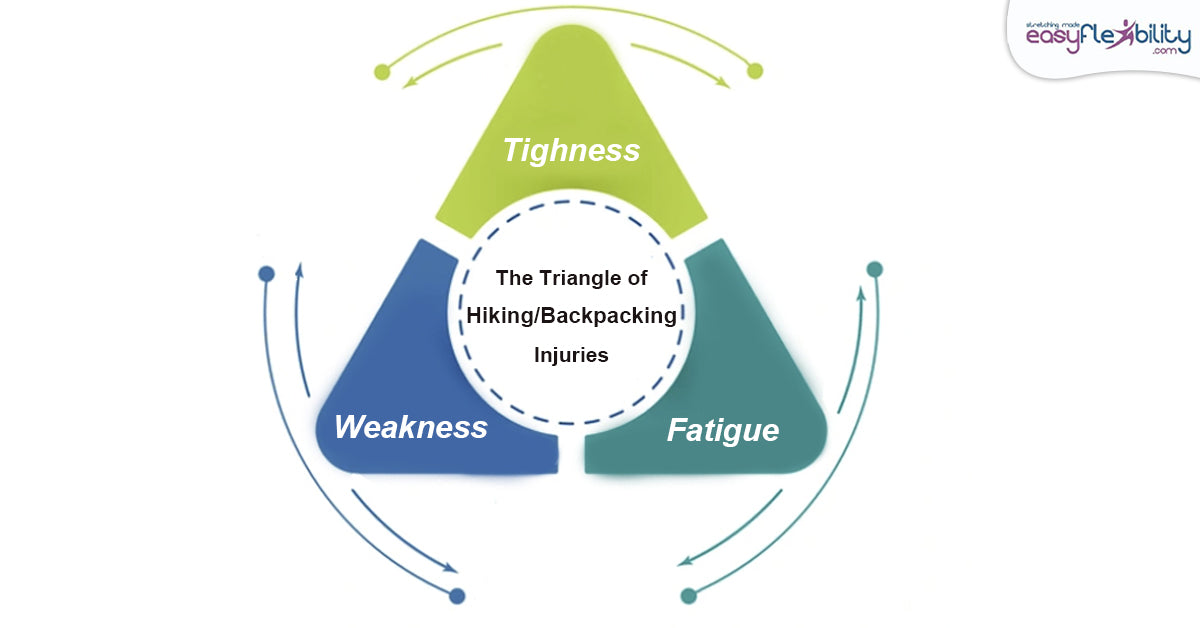
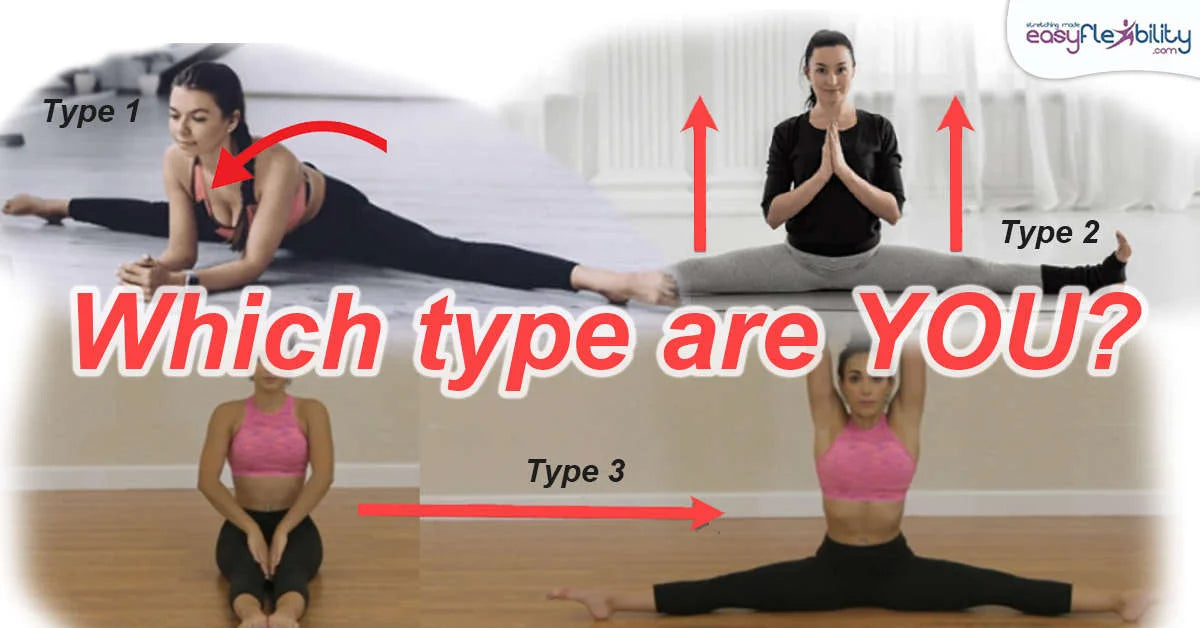
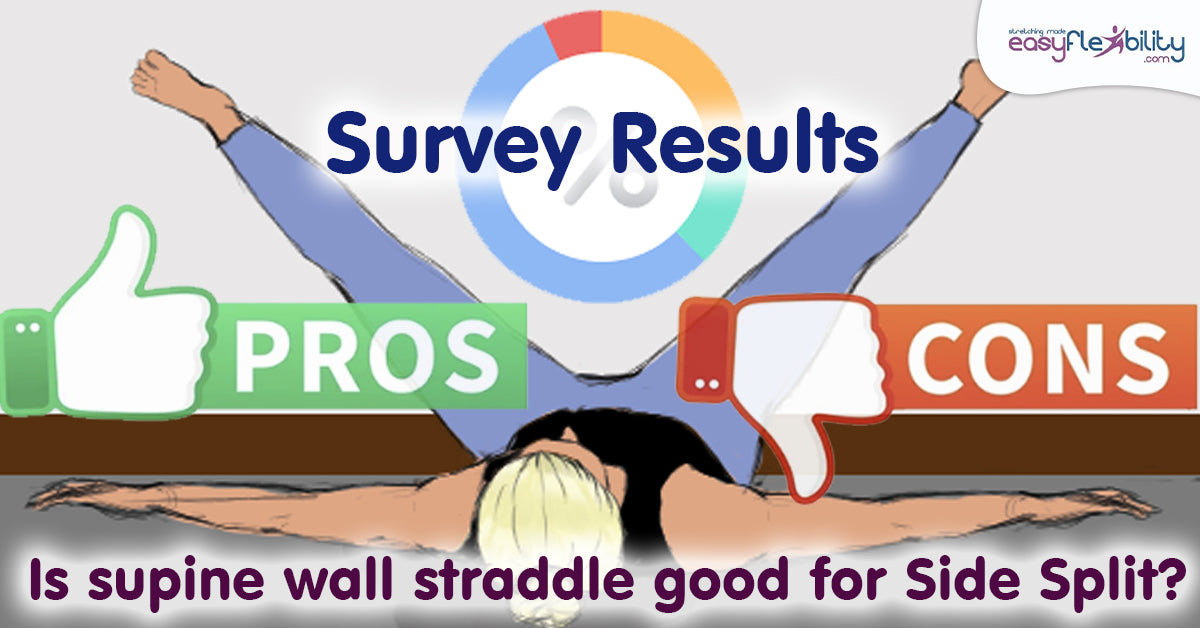
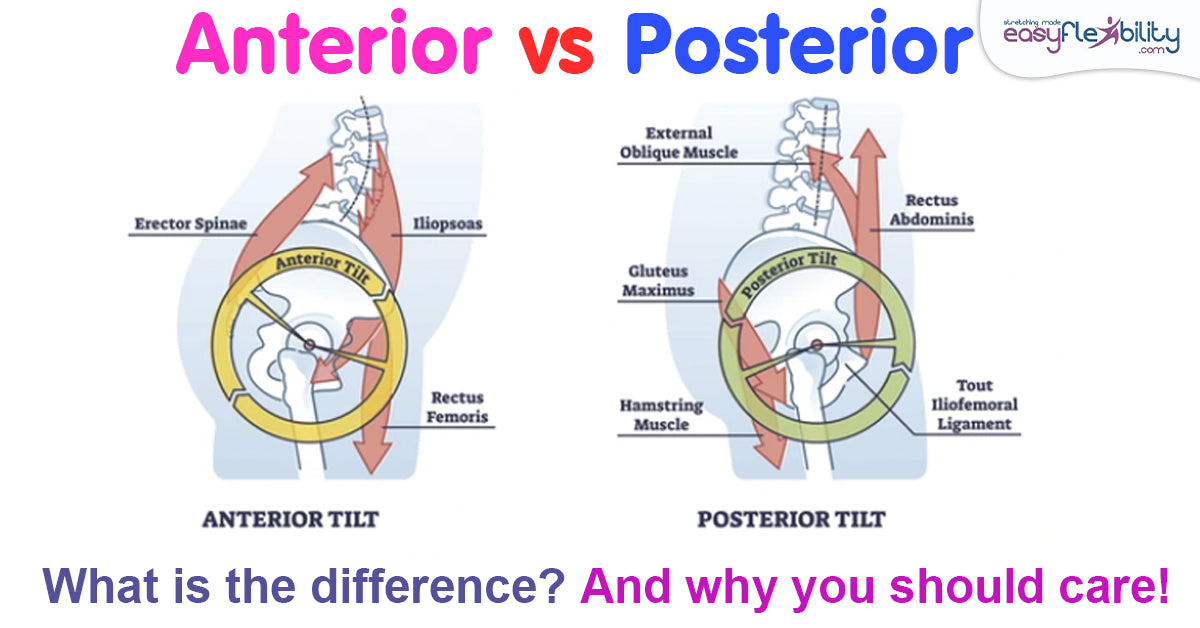
In part of these case of excersises is very important for ballet dancers, so in my case I stil working in to do splits, little by little I work them, and try to do to coming more down when I try to work, and I perform a warm up before begining to perform this type of exercises that you explain in itself and I have been several months and if I have taken a step forward … in advance I thank you that I have had support from my own dance teachers help and explain to me, cordial greetings from Cancun, Mexico. Mr. Ulises Pacheco Sánchez.